-
Jacobs Services

This is a website for Jacobs, an American international technical professional services firm. The company provides technical, professional and construction services, as well as scientific and specialty consulting for a broad range of clients globally including companies, organizations, and government agencies.
-
ISEAL Alliance
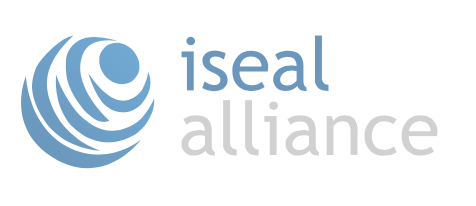
This is a website for ISEAL, the global membership association for credible sustainability standards.
-
IPE Enterprise Map
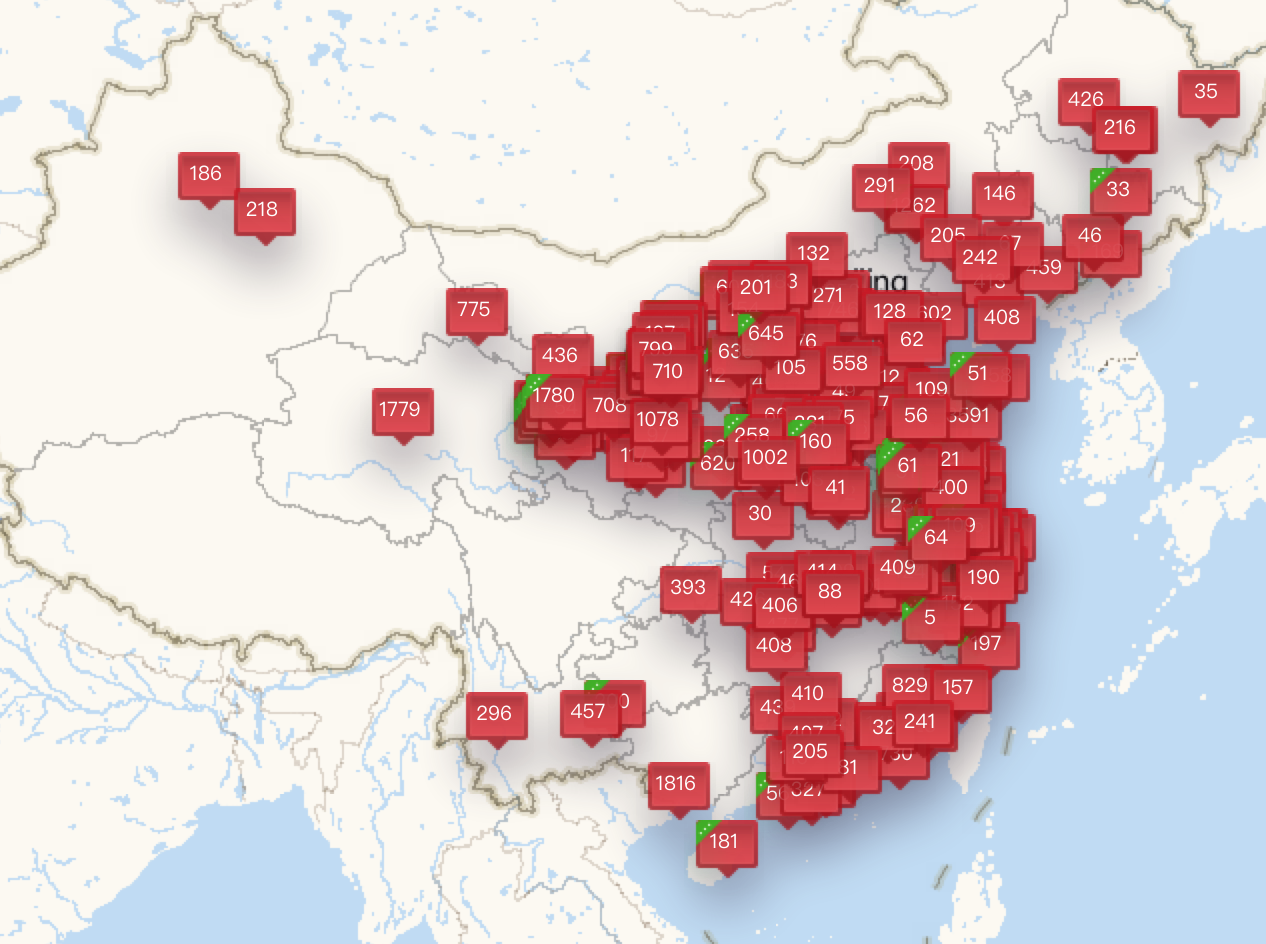
This is an interactive, live feed map of air and water pollution from Chinese manufacturing enterprises. SOURCE: Institute of Public and Environmental Affairs (IPE)
-
International Organization for Standardization (ISO)
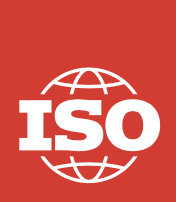
This is a website for ISO, an independent, non-governmental international organization with a membership of 165 national standards bodies. It develops and publishes International Standards.
-
Integrity and Standards

This is a repository of standards ensuring that the work done towards sustainability in the textile industry is genuine and leads to real and meaningful change. SOURCE: Textile Exchange
-
Insights from China’s Textiles Manufacturers
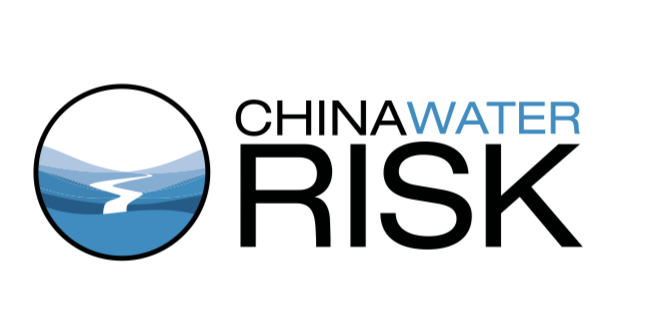
This is a report from 2017 on insights from China’s textile manufacturers to understand the challenges to becoming clean and circular. SOURCE: China Water Risk
-
Industrial Wastewater Management
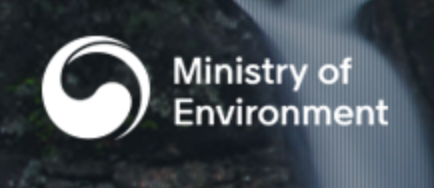
This is an academic journal article written in 2012. It characterizes spatial and temporal changes in water quality (specifically physico-chemical variables plus priority and non-priority pollutants) of discharges from industrial complexes on a national scale in North Korea. The data were provided by the Water Quality Monitoring Program operated by the Ministry of Environment, Korea […]
-
Green Supply Chain Map
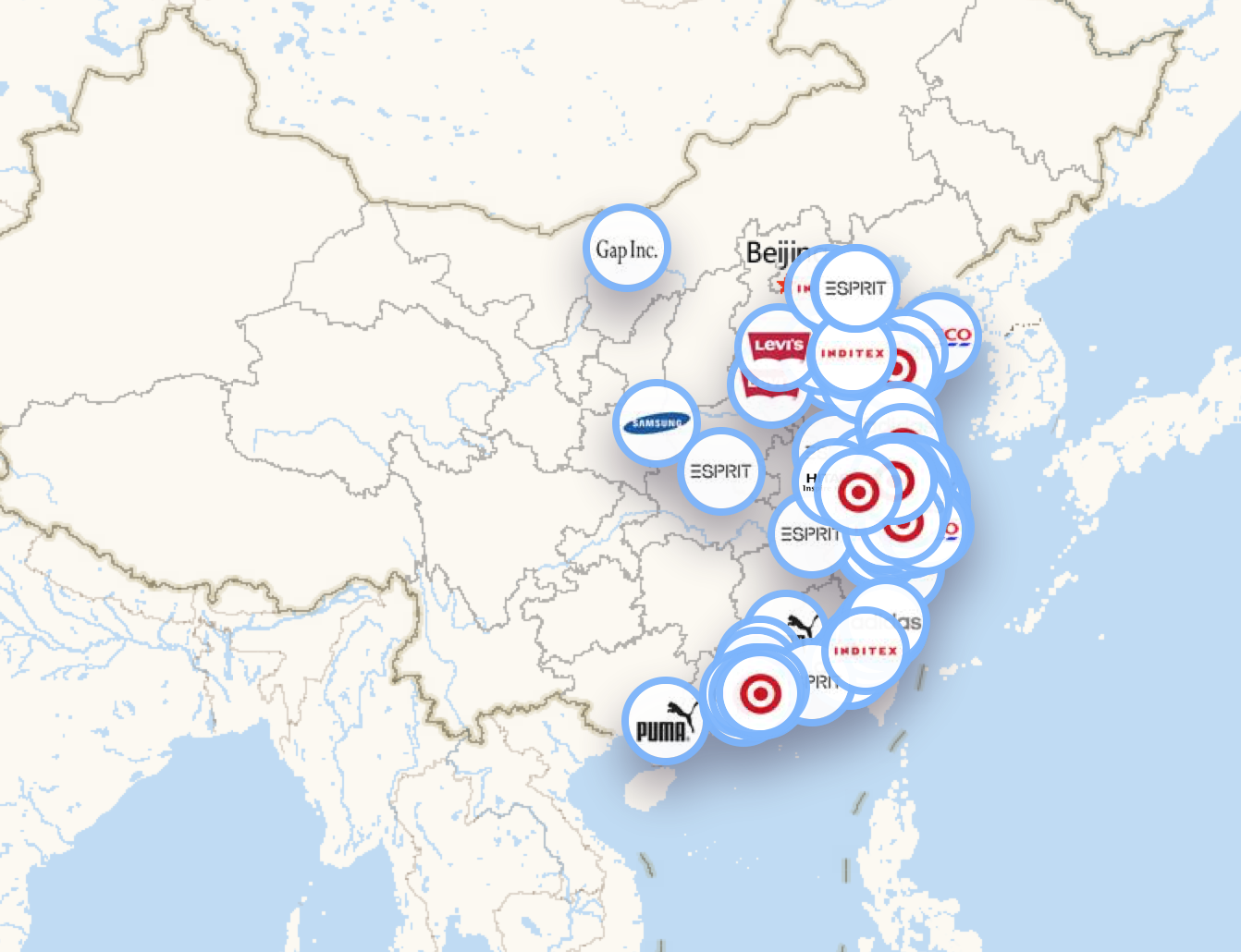
This is an interactive, live feed map of Chinese manufacturing enterprises and their emissions. SOURCE: Institute of Public and Environmental Affairs (IPE)
-
GRAMS/AI Spectroscopy Software

This is a software suite that provides a set of complementary, fully integrated applications that increase productivity across all areas of spectroscopic analysis. The suite’s core application eliminates the need for multiple instrument software packages by providing a single, integrated environment for data management and analysis. It streamlines data access and facilitates scientific collaboration, as […]
-
Global Recycled Standard
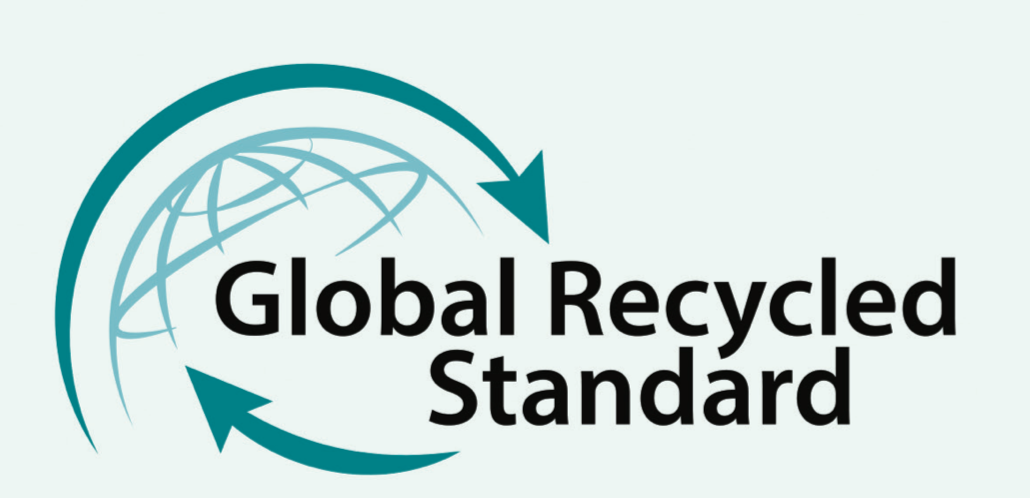
This is an international, voluntary, full product standard that sets requirements for third-party certification of Recycled Content, chain of custody, social and environmental practices, and chemical restrictions. SOURCE: Textile Exchange